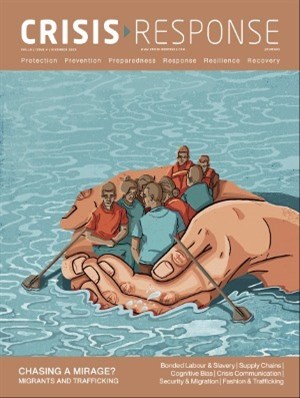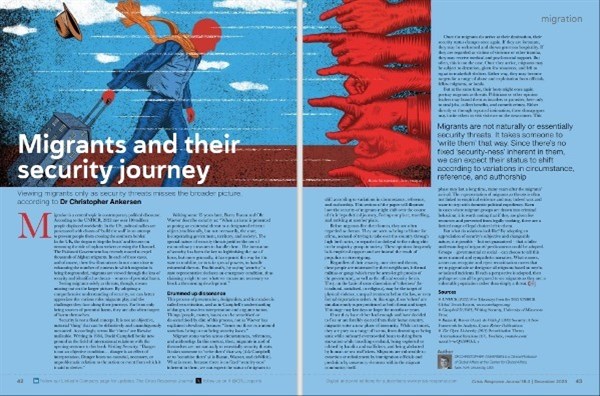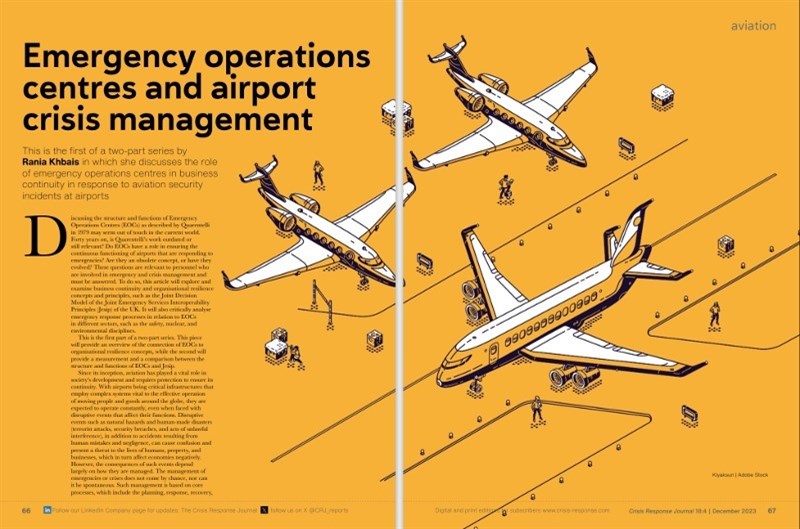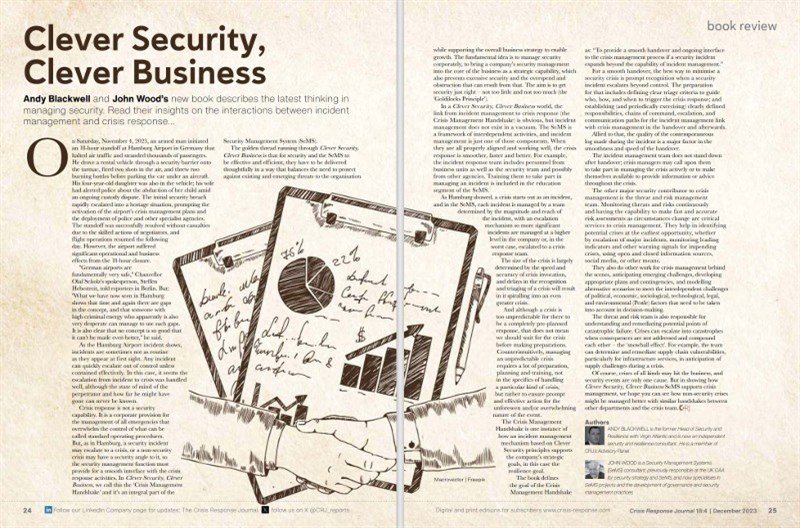CRJ 18:4 is out now!
 The last edition of Volume 18 marks the end of a turbulent year. Hard copies will be mailed out soon, and all subscribers can log in and read the digital edition through the CRJ website.
The last edition of Volume 18 marks the end of a turbulent year. Hard copies will be mailed out soon, and all subscribers can log in and read the digital edition through the CRJ website.
This issue brings into focus two themes: migration and trafficking. Let's take a look at what's inside:
“As much as the veneer of civilization gets glossier and more complex, the underlying state of humankind has not changed fundamentally,” writes Matt Minshall as he delves into the interconnected issues of short-termism, slavery, and migration.
In the same vein, Dr Christine Jessup writes about the complexity of practical solutions. There’s no moving forward on the migration and trafficking issue unless a global approach is put into place.
While navigating the digital evolution of human trafficking, Shefalika Maini reports on the digital evolution of human trafficking as she explores its intricate web of recruitment, exploitation, and coercion. And Chloe Higginson looks at a programme aiming to educate children on trafficking.
Luavut Zahid examines the ongoing expulsion of Afghan refugees from Pakistan. She writes: "[The deportations have] opened up not just refugees to all manner of abuse, but Pashtoon Pakistanis as well," noting the cases of Pakistanis who have been expelled alongside Afghans.

Dr Christopher Ankerson discusses security and migrants
Onto frontline realities: Matthew Porcelli takes on the crucial role of frontline security officers in identifying potential human trafficking and analyses what they can do better.
"Frontline border guards and lower-level team leaders have a superior situational understanding of the disaster and can implement adaptive interventions, while a top-down approach may produce rigid, passive frontline responders," writes Jori Kalkman as he examines operational dilemmas at borders.
Meanwhile, Jeannie Barr examines the overlooked role of emergency planners and resilience professionals in addressing human trafficking and migration behind the headlines.
Dr Christopher Ankersen notes that viewing migrants and refugees through a purely security-focused lens misses the broader picture of what both these communities and host communities need. James Lodge takes the conversation a step further and argues that personal resilience has never been more important - for both people and businesses - in the face of mass migrations.
On the other hand, Patrícia Nabuco Martuscelli explores the regional responses to the forced migration of Venezuelans in Latin America and their effect on Venezuelan people.

Shefalika Maini looks at how the digital world perpetuates and aids trafficking
Lina Kolesnikova takes a look at the migration issue through a policy lens as she explores the situation in different EU member states. Ekaterina Kostioukhina navigates the nexus of human migration and trafficking, illustrating its nuanced complexities while underscoring the urgent imperative for international collaboration.
Onto slavery and bonded labour: Modern slavery is present in many industries, permeating every step of the supply chain. The issue continues to mushroom across industries, writes Caroline Sapriel as she discusses the effects on businesses and supply chains. In the same vein, Shefalika Maini looks at how consumerism and fast fashion are fuelling modern-day slavery.
Meanwhile, Anita Punwani examines the nexus between international migration and modern slavery: “According to global estimates, migrant workers are three times more likely than local workers to end up in forced labour in the private sector and are particularly vulnerable to being trafficked on their migration journey.”
Response systems: Robert Hall explores the significance of indicators and warnings in anticipating and preventing geopolitical conflicts or other significant crises.

Fiona Galbraith takes on decision-making, outlining methods that allow for a bias-free process.
Gareth Byatt, Ilan Kelman, and Ana Prados look at the 'disasters that weren't' to see how we can avoid disasters: “Innovation in domestic and international development financing can be accomplished with the right mindset, good governance, and meaningful inclusion, so that everyone benefits and works together to resolve conflicts or tensions as they arise."
Meanwhile, Chiara Munno, Irene Proto, and Patrick Trancu write that AI and disaster management go hand in hand, as they provide a review of how AI can transform how we tackle disasters. Meanwhile, Mostafa Sayyadi and Michael J Provitera explain the importance of AI in today’s global strategic management crisis.
Rania Khbais looks at the role of emergency operations centres in business continuity in response to aviation security incidents at airports.
On communication: Rachele Gianfranchi and Jumanah Al Awfi explore the transformative influence of AI on emergency communications. Amy Leete explores how satellite technology provides an innovative solution for broadcasting alerts, particularly in situations where traditional communication networks experience infrastructure damage.
How can emergency services share data externally to better prepare and respond? Nick Chorley takes a look at leveraging cloud-based systems and AI for effective emergency response.

Read the first of Rabia Khbais' two-part examination.
Additionally, this edition discusses bias, business, and continuity. Amanda Coleman writes about the significance of the culture and reputation crisis for organisations in 2024.
Mostafa Sayyadi and Michael J Provitera write about blockchain becoming the forefront of business success for organisations in the new era of digital disruption and what this means for business leaders.
Fiona Galbraith explores the application of systems one and two thinking in intelligence analysis, emphasising the importance of mitigating bias through structured analytical technique.
“Not only in how people respond to a crisis, but cognitive biases can also have a significant influence on contextual analysis, a key component of crisis readiness and response,” says Araba Cole, and she explores the role cognitive biases can play in crisis management.
Book reviews: Emily Hough’s exploration of Jeff Goodell's ‘The heat will kill you first: Life and death on a scorched planet’, covers the effects on the human body, food supply crises, animal migration, air conditioning, and greenhouse gases. The book also takes us through possible solutions and lifestyle changes required to escape the vicious cycle of heat distribution via air conditioning.

Andy Blackwell and John Wood’s new book ‘Clever Security, Clever Business’ describes the dynamics between incident management and crisis response. "The size of the crisis is largely determined by the speed and accuracy of crisis invocation, and delays in the recognition and triaging of a crisis will result in it spiralling," they write.
Frontline: Former FBI agent Miguel Clarke talks about his experience in cybersecurity, outlining the need to club it together with resilience.
The Crisis Response Journal is available to subscribers only; we have a range of subscription rates to suit all needs. Click here for more details or contact us at hello@crisis-response.com; we would love to hear from you!